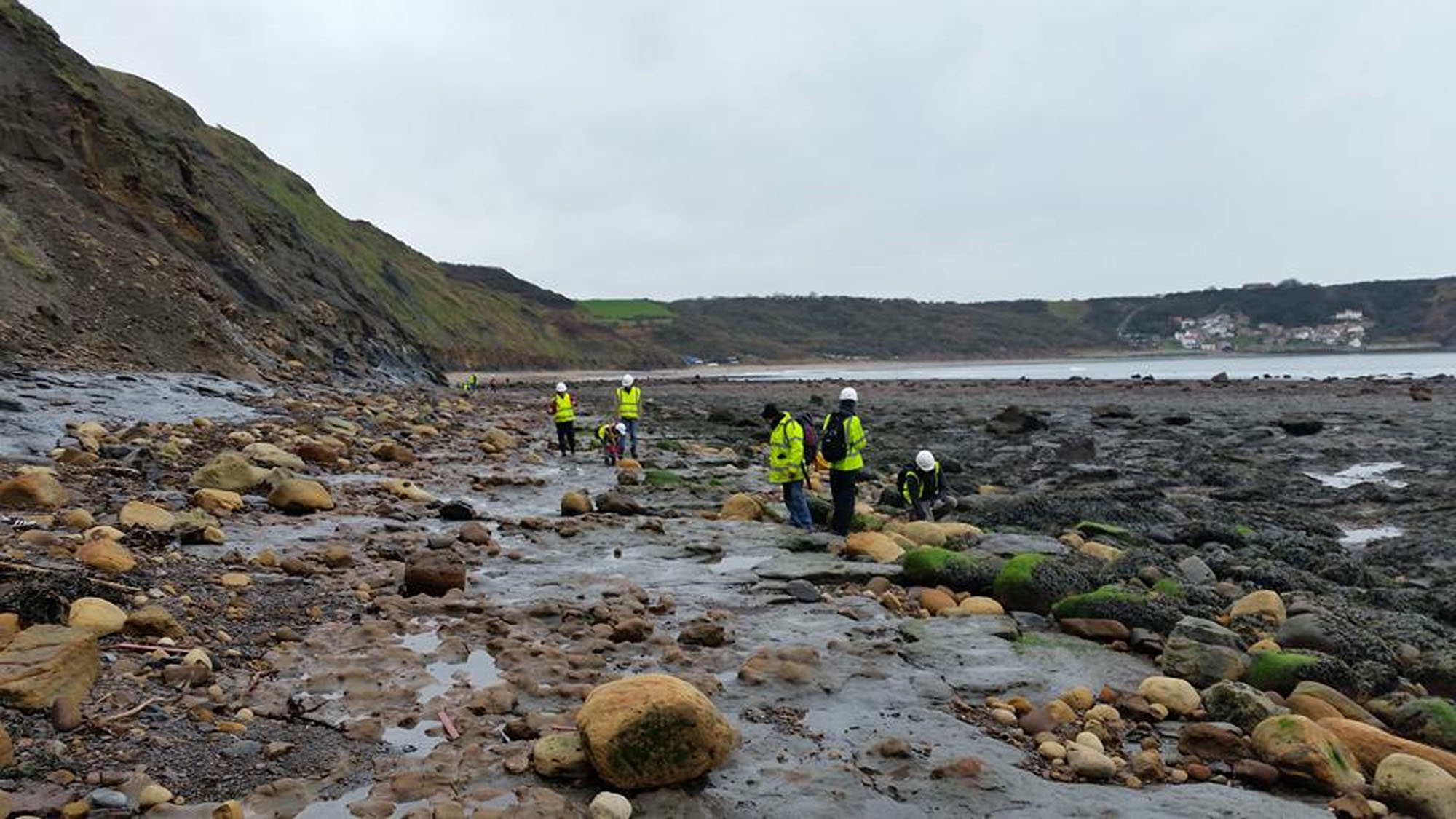Cayton Bay yields ammonites and some superb gastropods, bivalves and brachiopods from the Oxford Clay. These are best found on extreme low tides on the foreshore. This location is best during scouring conditions. Jurassic, Cliffs and Foreshore, Rating: ♦♦♦



















